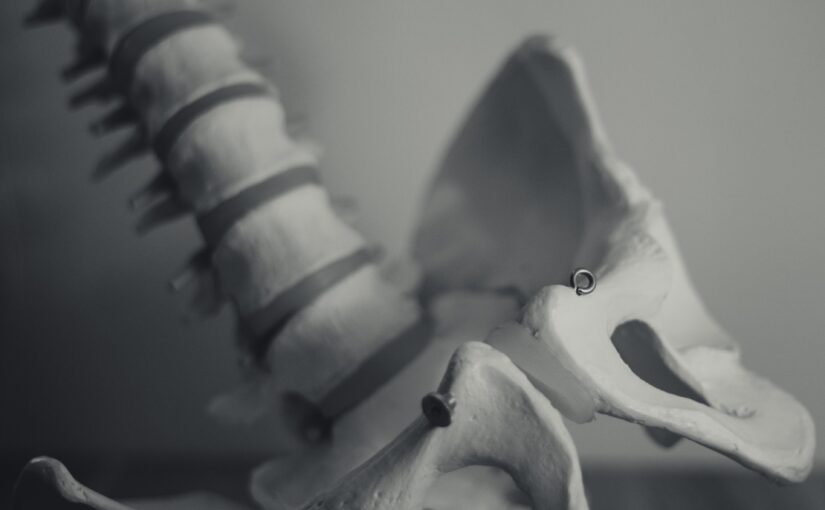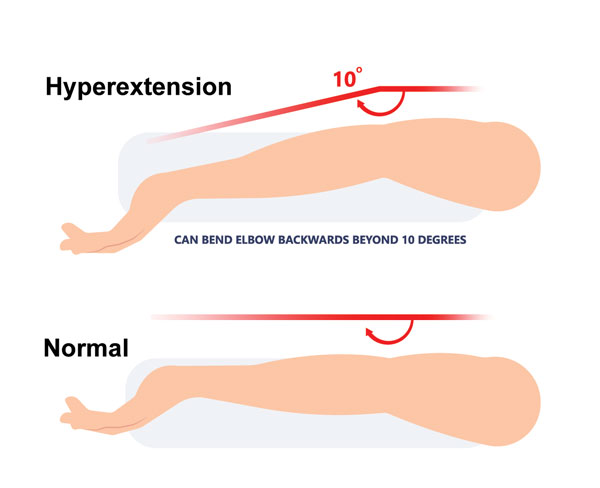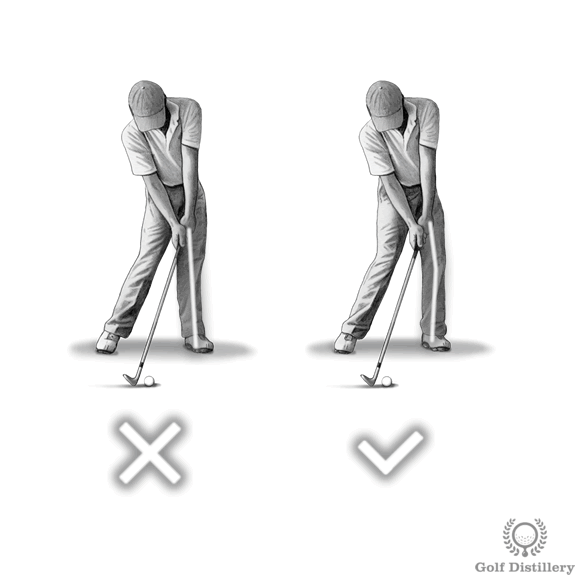Edit on Jan 9, 2024 to add English translation, assisted by chatGPT.
(封面图by Otto Norin from Unsplash)
(Cover image by Otto Norin from Unsplash)
练习剑道半年,发现剑道仍然是一项运动,需要遵循一些人体科学。但是在练习的时候我们道场很少强调这些人体科学的部分,因此想开篇文章来写一些我走过的歪路,谈谈剑道运动的防护注意事项。毕竟这是一项可以打到长命百岁的运动,只要掌握了自己身体的正确动作,老年人也可以吊打年轻人。
希望大家也能提一些问题和建议来完善关于这项运动的注意事项。修身修心固然重要,但避免运动损伤也很重要。
以下内容依据的身体部位来排序。
Disclaimer: 我不是医学专家,本文仅供参考。如果你的身体出现问题,请第一时间咨询医师,寻求专业帮助。
After practicing Kendo for six months, I’ve come to realize that Kendo is not just a sport; it involves adhering to some principles of human anatomy. However, our dojo rarely emphasizes these aspects of human anatomy during practice. Therefore, I’d like to start this article by sharing some detours I’ve taken and discussing precautions for the protection of Kendo practice. After all, Kendo is a sport that can lead to a long and healthy life, as long as one masters the correct movements of the body. Even seniors can outperform the younger generation if they grasp the proper body dynamics.
I hope everyone can contribute questions and suggestions to enhance the guidelines for this sport. While self-cultivation and mental discipline are crucial, preventing sports injuries is equally important.
The following content is organized based on different parts of the body.
Disclaimer: I am not a medical expert; this article is for reference only. If you experience any physical issues, please consult a physician for professional help.
热身 Warm-up
我们道场的热身运动主要是慢跑。慢跑前需要自行拉伸跑步相关的部位,主要是跟腱。慢跑结束身体热起来以后再进行颈部、腿部等全身拉伸。
运动后不会拉伸,但会正坐行礼,可能就算做是拉伸腿部的一部分了。我认为视当天训练情况,可以选择再拉伸肩颈等部位。
In our dojo, the primary warm-up exercise is jogging. Before jogging, it’s essential to stretch the relevant muscles, mainly the Achilles tendon. After the body warms up from jogging, perform overall stretching for the neck, legs, and other body parts.
While we don’t stretch immediately after the workout, we do perform a formal seated rei, which can be considered a part of leg stretching. Depending on the training, I believe it’s advisable to consider additional stretching for the shoulders and neck.
肩膀 Shoulders
打击的时候理想状态肩膀应该是放松的。我刚开始练的时候肩膀是紧张的,甚至有点耸肩。错误的动作会造成损伤,因此隔一段时间就需要重新衡量自己的肩膀情况。
相关讨论:https://www.kendo-guide.com/shoulder-problem-in-kendo.html
还有一点是我认为打击的时候左手肘是有些弯曲的。因为人的左右手一样长,左手伸直的话右手就够不着那么远的剑柄端头,否则肩膀就会很紧张。
但是加上手之内之后左手弯曲程度也是有限的,是关于自己身体的平衡问题。早期就要确认好自己素振结束的姿势,避免错误动作做太多而受伤。
In an ideal state during strikes, the shoulders should be relaxed. When I started practicing, my shoulders were tense, and I even tended to shrug. Incorrect movements can lead to injuries, so it’s crucial to periodically reassess the condition of your shoulders.
Further discussion: https://www.kendo-guide.com/shoulder-problem-in-kendo.html
I also think that during strikes, the left elbow should be slightly bent. Since the left and right hands are equally long, if the left hand is fully extended, the right hand won’t reach the far end of the sword handle to cause tension in the shoulders.
However, with tenouchi, the degree of bending in the left elbow is limited; it’s a matter of balancing one’s own body. It’s essential to establish the correct posture early on to avoid excessive incorrect movements and potential injuries.
手腕 Wrists
对象这几次手腕会有些问题,我的怀疑是在练习时握剑太紧,在打击时手之内过于用力导致无法靠手臂将剑的重心停在和手腕成直线的位置,而靠手腕的关节停住剑而劳损手腕。
另外,剑道动作中频繁地打击和挥动剑也会增加手腕的负担,长时间的练习也可能对手腕造成损伤。因此,在剑道运动中,需要注意握剑的力度和手腕的姿势,尽量避免过度用力和不正确的动作,以减少手腕的损伤风险。
My partner encountered some issues with my wrists during recent practices, and I suspect it may be due to gripping the sword too tightly. During strikes, excessive tenouchi can prevent the sword’s center of gravity from aligning in a straight line with the wrists. Instead, the joints in the wrists bear the weight of the sword, leading to potential strain and injury.
Moreover, frequent striking and swinging of the sword in Kendo movements can also add strain to the wrists. Prolonged practice may contribute to wrist injuries. Therefore, in Kendo, it’s crucial to pay attention to the grip strength and wrist positioning, aiming to avoid excessive force and incorrect movements to minimize the risk of wrist injuries.
手肘 Elbows
许多老师在素振时都要求大家双臂伸直。但由于现代人毛病很多,我们需要区分伸直(straight)和超伸(hyperextended)的区别。手肘过度伸直(hyperextended)会给肘关节带来不必要的压力,容易导致肘部疼痛、肘部炎症、肘关节半月板损伤等问题。因此需要注意在进行剑道动作时,不要过度伸直手臂,特别是手肘内翻和手肘外翻的情况下要特别注意。
Many instructors emphasize keeping both arms straight during suburi. However, considering the various issues each individual might have, it’s important to distinguish between straight and hyperextended. Hyperextending the elbows puts unnecessary pressure on the elbow joints, making them prone to pain, inflammation, and even damage to the elbow joint’s meniscus. Therefore, it’s essential to be mindful not to overextend the arms during Kendo movements, especially paying attention to situations involving inward or outward rotation of the elbows.
网球肘的问题很多文章也提到过了,练剑道不当也是会有网球肘的,可以自己衡量一下身体情况,不要求快,注意自己动作的准确性。很多剑道高手都是年纪很大的老人,因此挥剑并不需要太多力气,应该更多利用剑的重心(剑道比赛运动员的话另说了)。如果课后手臂某个部分很累那最好问问前辈们自己的姿势是不是有问题。
Tennis Elbow has been discussed in many articles, and improper Kendo practice can indeed lead to this issue. It’s essential to assess your own physical condition, prioritize accuracy over speed, and be mindful of your movements. Many great Kendo practitioners are elderly individuals, indicating that wielding the sword doesn’t require excessive strength. Instead, it’s more about utilizing the sword’s center of gravity (although competitive Kendo athletes may have different considerations). If a specific part of your arm feels tired after class, it’s advisable to consult with senior practitioners or your physical therapist to determine if there might be issues with your posture. Remember, it’s not about speed but precision, and taking care of your body is crucial in the long run.
核心 Core
核心不多说了,都是要收紧的。像我之前不明白核心的用力方式,甚至做一些简单的自重运动都直接恶化了我的腰椎间盘,导致老化突出,影响神经。和我一样有腰背问题的朋友们,一定要研究好骨盆附近的一圈肌肉如何锻炼加强,否则简单的运动都会恶化自己的病情。
Let’s keep it simple when it comes to the core — it’s all about tightening. I, too, didn’t understand the proper way to engage my core. In fact, some basic bodyweight exercises I attempted earlier even worsened my lumbar disc, leading to disc protrusion and nerve issues. For people who are facing similar lower back problems, it’s crucial to thoroughly study how to exercise and strengthen the muscles around the pelvic area. Otherwise, even simple exercises can exacerbate your condition. Take the time to understand and reinforce the muscles around your pelvis, especially if you’re dealing with lower back issues like mine.
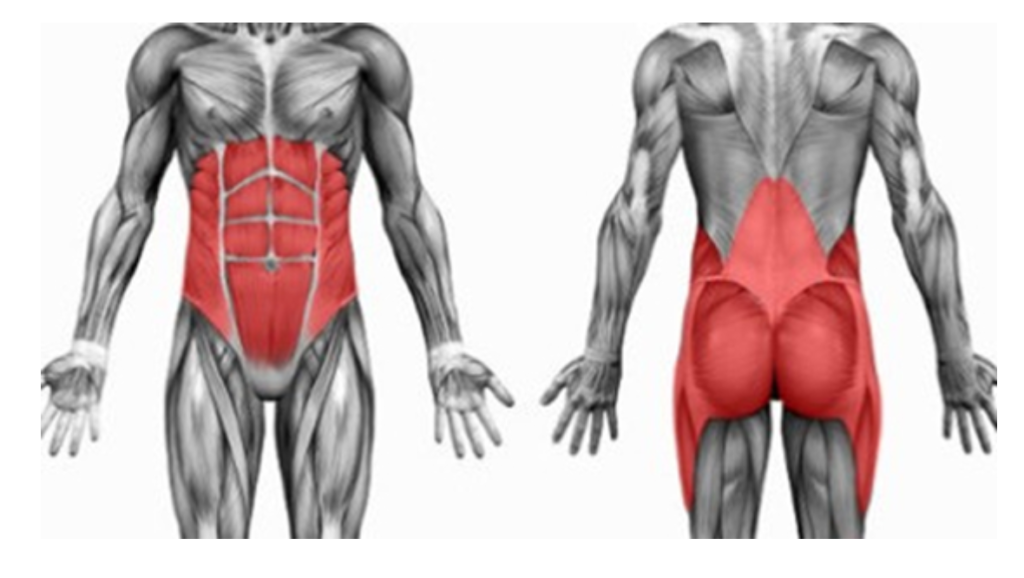
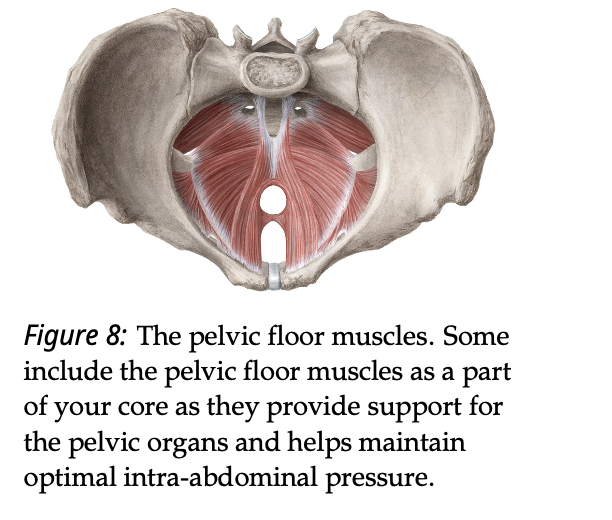
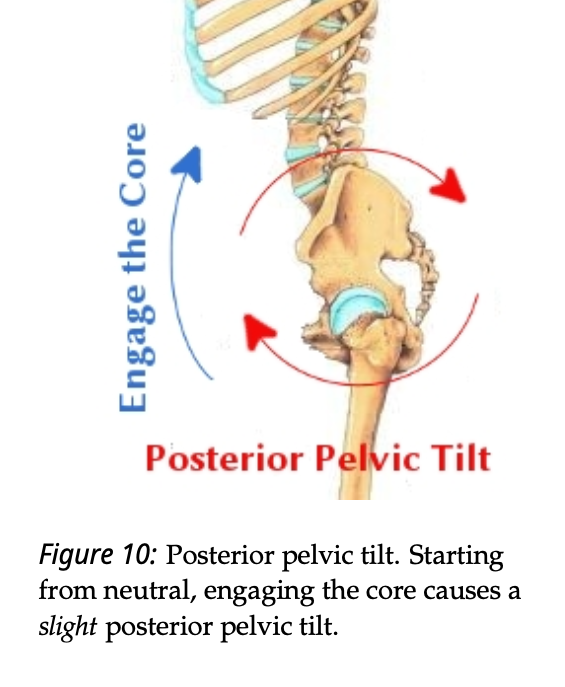
关于如何在运动时收紧核心并保证呼吸(我觉得不应该憋气),可以参照腹式呼吸和逆腹式呼吸的相关讨论。具体剑道是哪种,我想因人而异,并没有统一法则。
Regarding how to engage the core during movement while ensuring proper breathing (I believe holding your breath isn’t advisable), you can refer to discussions on diaphragmatic breathing and reverse abdominal breathing. The specific approach in Kendo may vary from person to person, and there isn’t a one-size-fits-all rule.
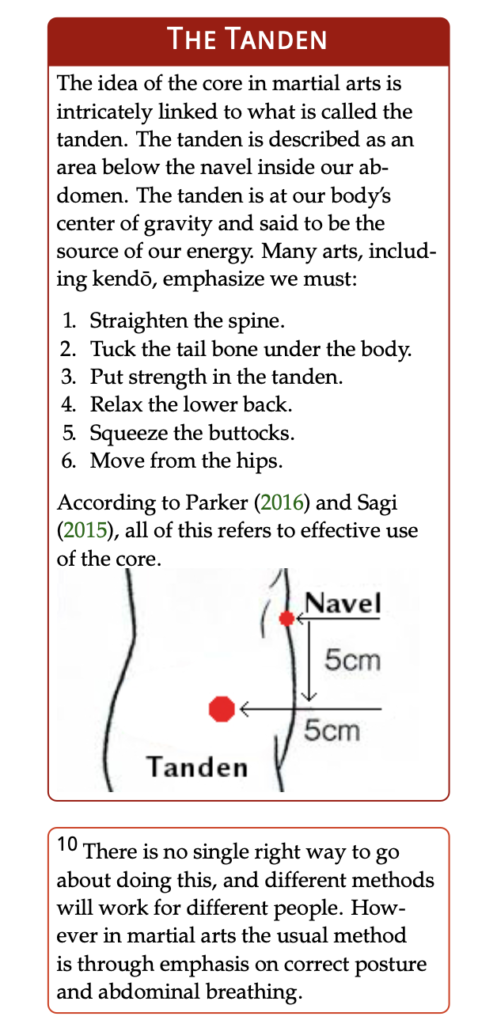
还有一点,上身我觉得不可避免会有些侧身,毕竟拿剑的双手不是对称的位置,但自然体和站姿都要保证骨盆向前。
One more thing, I feel that some degree of tilting in the upper body is unavoidable, given that the hands holding the sword are not in a symmetrical position. However, it’s crucial to maintain a forward pelvic tilt in kamae.
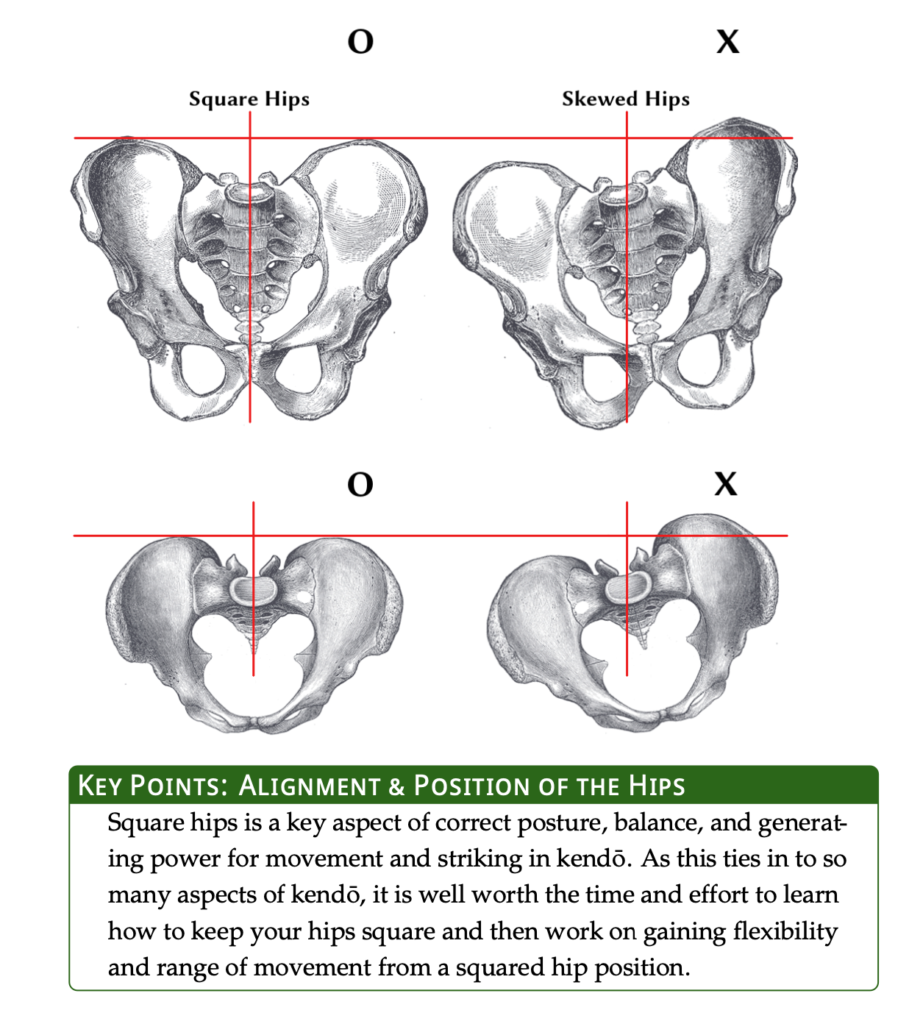
左膝 Left Knee
左膝这个问题也是我最近发现的。剑道基本步法Okuri Ashi要求左腿助推,而且要求大量练习……很多老师要求左腿伸直。和手肘问题一样,伸直不是锁死。很多人腿部都不是直的,会有各种各样的问题:罗圈腿、外翻、内翻等等。所以在助推过程中,要注意不要过伸自己的左腿。
过度伸直腿部容易导致膝盖和脊柱受伤。在剑道中,过度伸直腿部可能会导致左膝受伤,并增加腰部的压力。因此,在进行剑道动作时,要注意不要过度伸直腿部,特别是左膝。如果感到不适,最好找前辈确认动作的细节,找到适合你身体的方法。
Another issue I’ve recently identified is the left knee. The basic footwork in Kendo, Okuri Ashi, requires the left leg to assist in propelling forward and demands a considerable amount of practice. Many instructors emphasize extending the left leg, but similar to the issue with the elbows, extension doesn’t mean locking it in place. Many people’s legs aren’t naturally straight, leading to various problems such as bowed legs, outward or inward rotations, and more. Therefore, during the propulsion process, it’s essential not to overextend your left leg.
Overextending the leg can easily result in injuries to the knee and spine. In Kendo, excessive leg extension may lead to injuries in the left knee and increase pressure on the lower back. Therefore, when performing Kendo movements, be mindful not to overextend the legs, especially the left knee. If you feel discomfort, it’s best to consult with other people to clarify the details of the movements and find an approach that suits your body.

找到一张很合适的高尔夫的图如下。高尔夫和剑道运动有很多相似之处。例如,两项运动都需要特定的动作和姿势,需要良好的身体控制和灵活性。此外,两项运动都需要注意姿势的细节,以避免运动损伤。
I found a golf posture diagram as follows. Golf and Kendo share many similarities. For instance, both sports require specific movements and postures, demanding excellent body control and flexibility. Additionally, attention to detail in posture is crucial in both activities to avoid sports injuries.
左脚 Left Foot
一般道场练习都要求双脚向前平行。原因是如果左脚朝外,同时向前推进,会给膝盖产生一个扭转的压力,膝盖容易受伤。另一个问题就是会导致骨盆扭转,详见上方核心章节。
但每个人身体是不一样的,不是所有人的身体都是双腿平行以后膝盖向前。详见Imafuji sensei的讲解。
In most dojo practices, it’s generally required to have both feet facing forward in parallel. This is because if the left foot points outward while simultaneously moving forward, it puts a twisting pressure on the knee, making it prone to injuries. Another issue is that it can cause pelvic rotation, as detailed in the above core section.
However, every person’s body is different, and not everyone’s knees naturally face forward with parallel legs. Refer to Imafuji sensei’s explanation below.
他本人的左脚就是有些朝外的,我观察下来不少前辈也是略微有些朝外。所以练习时要听从自己的身体,并找前辈们确认细节。
另外还有点对初学者很难做到的就是,左脚不要抬太高,否则容易伤到小腿、导致骨盆扭转,肌肉不强的话还会影响出击的爆发力。我自己没有做得很好,但有两个方式可以提醒自己:
方法一,双脚一前一后都全贴在地上,身体重心不可避免会往后,然后收紧核心,让自己的重心前移到双腿中心,这时左脚就会自然而然有些抬起来,而且不会很高;
方法二是另一个道场的老师教导的,可以双脚一前一后站好,跳起来,落地时的姿势就是你身体舒适的站姿,包括了左脚抬多高、以及双脚的间距。
最后还有脚底板的问题:脚底板磨破皮很常见了,但是磨破皮以后仍然需要包扎后再进行训练,否则会流血受伤,更不容易长好(本人血的教训)。关于如何用运动胶布科学包扎可以看这里:
His left foot naturally points slightly outward, and from my observations, many seniors also have a slight outward inclination. Therefore, during practice, it’s crucial to listen to your own body and confirm details with senior practitioners.
Another challenging aspect for beginners is not raising the left foot too high. Otherwise, it may lead to injuries in the lower leg, cause pelvic rotation, and affect the explosive power of the strike if the muscles are not strong. I haven’t mastered this myself, but there are two ways to remind yourself:
Method one: Keep both feet firmly on the ground, one in front of the other. The body’s center of gravity will inevitably shift backward. Tighten your core, shift your weight forward to the center of your legs, and your left foot will naturally lift a bit without going too high.
Method two is taught by another instructor from a different dojo. Stand with one foot in front of the other, jump, and the landing posture is your comfortable stance. This includes how high the left foot is raised and the distance between the feet.
Lastly, there’s the issue of the foot: it’s common to get abrasions on the sole, but even after abrasions, it’s necessary to bandage before continuing training to avoid bleeding injuries and promote proper healing (a lesson learned from personal experience). For scientific taping with sports tape, you can refer to this guide:
不用包扎太厚,不然会影响左脚发力。
Don’t wrap the bandage too thick; otherwise, it may hinder the movements of your left foot.
右腿和右膝 Right Leg and Right Knee
这两个问题是一起的,场景都是在振足(fumikomi)时容易受伤。首先场地的地板很重要,在硬的地板上振足,由于地板不能吸收足够的弹性,导致振足作用在地板上的反作用力很大,而反作用力会全部由我们的关节吸收,因此硬地时振足要多加注意。
我的观察是普通人在振足时右膝不要超过脚尖,和做深蹲的原理是一样的,小腿在落地时尽量垂直于地面,这样才能保护好右膝。肌肉弱一些的人比如我,振足时距离不远,对右大腿和核心的支撑要求没有那么高。左小腿和右大腿肌肉强的人可以做到振足距离很远。
但是慢慢来吧,对我这种肌肉弱的人来说,只能循序渐进,先把姿势稳定,再慢慢增加距离。这点还在探索中,也欢迎大家讨论如何才能做到振足不会受伤。
These two issues are related and often occur during the fumikomi (stamping) motion. Firstly, the floor surface is crucial. When fumikomi is performed on a hard floor, the lack of sufficient elasticity in the floor prevents proper absorption, leading to a significant reactive force on the floor. This force is then absorbed entirely by our joints. Hence, extra attention is required when performing fumikomi on a hard surface.
From my observations, for the average person, the right knee should not extend beyond the toes during fumikomi. This follows the same principle as squatting – the lower leg should be as close to vertical as possible when landing to protect the right knee. For those with weaker muscles, like myself, keeping the fumikomi distance shorter reduces the demands on the support from the right thigh and core. Individuals with stronger left calf and right thigh muscles can achieve a longer fumikomi distance.
However, take it slowly. For people with weaker muscles like me, progress should be gradual. Start by stabilizing the posture and then slowly increase the distance. This aspect is still under exploration, and I welcome discussions on how to perform fumikomi without risking injury.
最后
最后想推荐一下加拿大道场Kingston Kendo Club的这本书,A Beginner’s Guide to Kendo.
https://www.kingstonkendo.org/kendo_info.html#org5af4ea8
其中用到了很多图解和科学来解释剑道各个动作,我十分喜欢,帮助我梳理各种在剑道练习中被教导:要做!但不知道为什么做、怎么做的困惑。
不同道场的教学和思考方式很不一样,有的教学遵循礼法和传统,很少从运动的角度来解释剑道原理,练习时也是不停地练习来悟道;而有的道场通常习惯牺牲一些练习时间来解释原理,用逻辑解释背后原因,通过理解进行练习。
一个常见问题就是,为什么武士要采取左手左脚在后,右手右脚在前的战斗姿势,大家给的原因多种多样,我很喜欢这种带有逻辑的解释:日本左为贵→幕府时代武士走左边+佩刀在左→右手抽出比较顺手+敌人一般从右方袭来→右手抽出左手顺势就在剑柄末端了。我也就顺势接受了这样的站姿。
不同的教学方式没有什么对错,不过是通过不同的方法来达到相似的结果。但在过程中我持续学习,或许会有新的感悟。希望大家在练习过程中保护好自己,开开心心,不要受伤。
Lastly, I’d like to recommend a book from the Kingston Kendo Club in Canada, titled “A Beginner’s Guide to Kendo.”
This book uses a lot of illustrations and scientific explanations to clarify various Kendo movements. I found it very helpful in organizing the teachings I received during Kendo practice – the ones that often left me wondering why I should do something and how to do it.
Teaching methods and perspectives can vary significantly among different dojos. Some adhere strictly to etiquette and tradition, rarely explaining Kendo principles from a sports perspective, emphasizing continuous practice for enlightenment. On the other hand, some dojos often sacrifice practice time to explain principles, using logic to justify the reasons behind the actions and encouraging understanding before practice.
A common question is why samurai adopted the combat stance with the left hand and left foot behind, right hand and right foot in front. Various reasons are given, but I appreciate explanations with logic, like the cultural significance of left in Japan, the historical context of samurai walking on the left side during the Shogunate era, and the practicality of drawing the sword with the right hand, as enemies usually attacked from the right.
Different teaching methods are not right or wrong; they are simply different approaches to achieving similar results. However, by continuous thinking and learning, perhaps we can gain new insights. I hope everyone protects themselves during practice, stays joyful, and avoids injuries.

